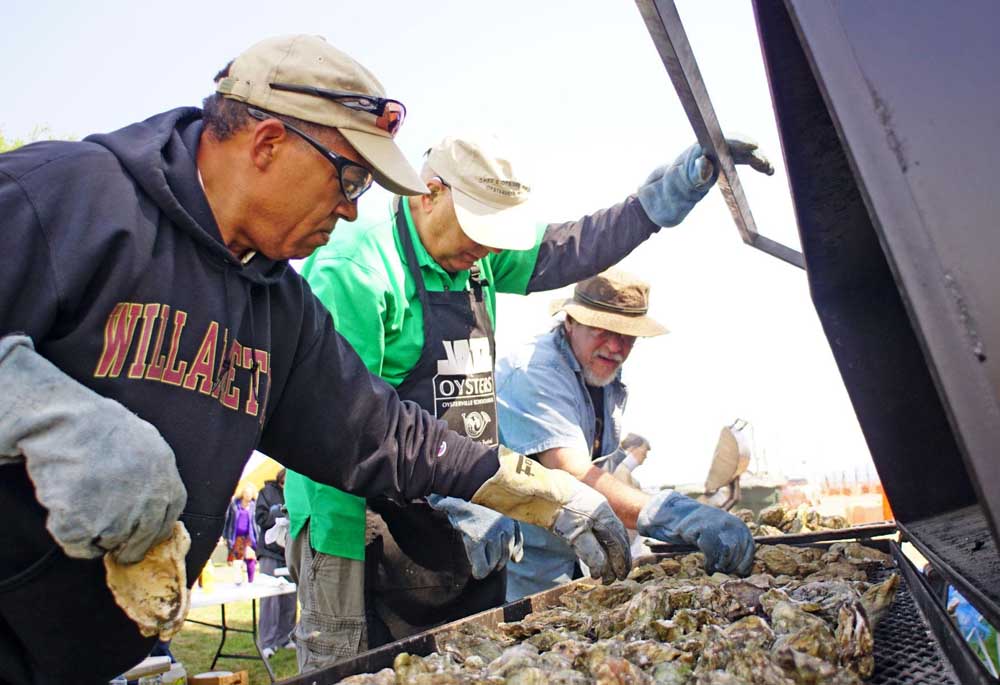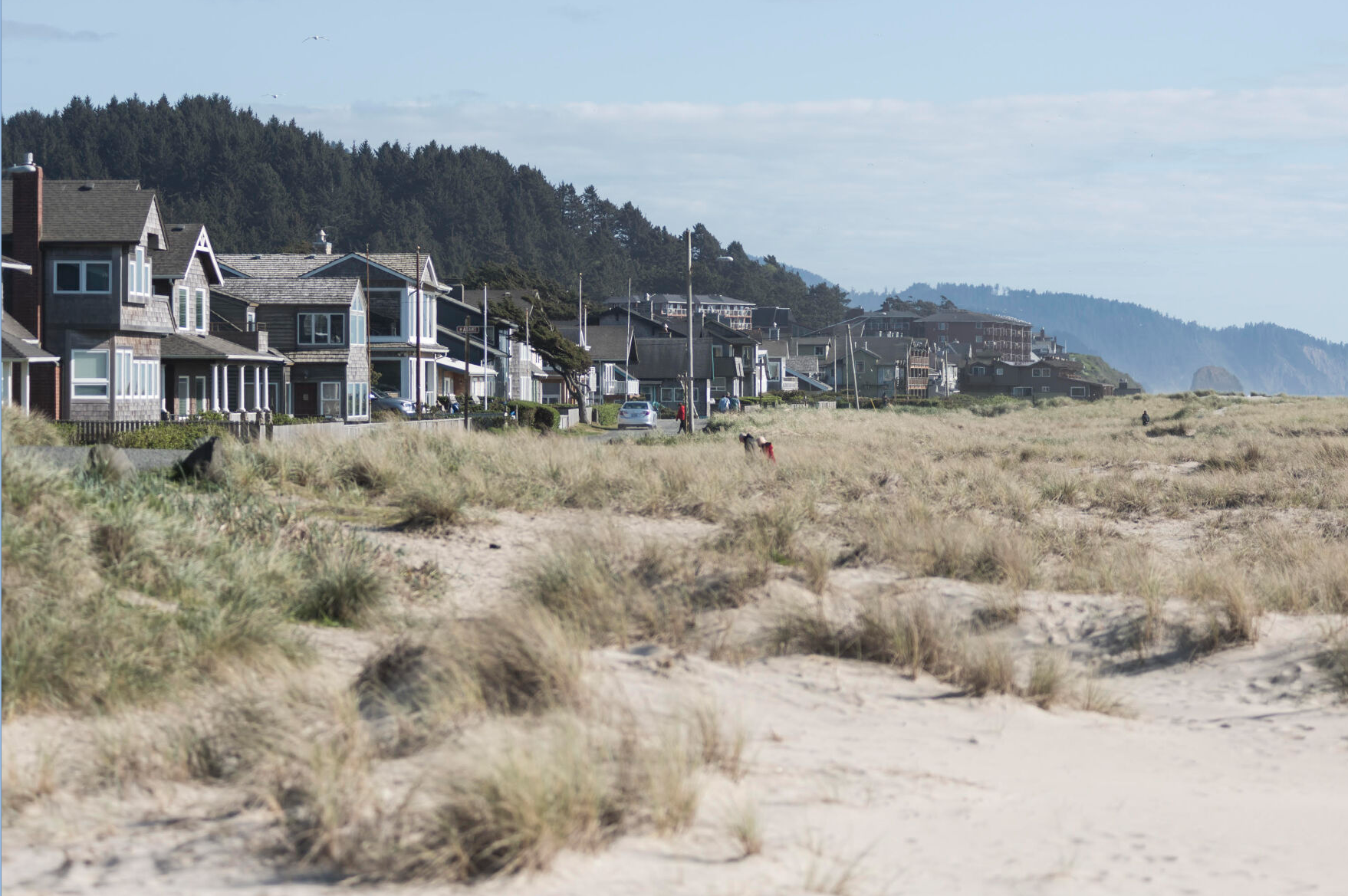Our View: Effective marketing can make all the difference
Published 12:30 am Thursday, August 4, 2022

- The ‘Oyster Crew’ — Dan Findley, Bill Coffin and John Ducharme — kept the seafood coming at a local festival. Taylor Shellfish donated 1,800 oysters.
Most experts would agree that the worst marketing plan ever is this: “Our product is pretty much the same as everyone else’s.”
Trending
Yet, for many farmers, ranchers and fishermen, that may well be their marketing plan — or lack thereof. Seafood, crops and livestock are often marketed en masse with little or no differentiation from others.
They are price-takers.
Those who carve out a niche for their catch, crops and livestock can make the transformation to price-setters.
Trending
One example of a readily recognized niche is for foodstuffs that are caught sustainably or raised organically. Some customers seek out these products and are willing to pay a premium price for them.
Many beef producers market their cattle based on how they are raised or the breed. Grass-fed and hormone-free are just two examples of niches. Wagyu cattle, a breed originally from Japan, produce highly marbled beef and extraordinary prices. A wagyu ribeye steak for sale online was priced at $138 a pound.
That’s the advantage of being a price-setter.
Similarly, some wheat growers market their crop as unique, either in how it is grown or how their cooperative is organized. Some even help consumers trace flour back to the farm where it was raised.
Some ranchers sell their beef directly to customers online. Many of those customers become loyal because they get to know the ranchers’ families.
When it comes to West Coast oysters and clams, perhaps no one does a better job of marketing than Taylor Shellfish Farms, whose website, oyster bars and farm stores tout the company’s history and practices.
In the food world, perhaps no farmers have developed the concept of niche more than the French. Not only is food produced in France marketed as its own niche, but food and wine from various provinces and regions are marketed as special.
Everyone knows that “champagne” sparkling wine must come from the Champagne region, but do they know about black truffles from Dordogne, or scallops and oysters from Brittany, cheese from the French Alps, ham from Bayonne, garlic from Uzes, chili peppers from Espelette or the unique blue-legged chickens from Bresse?
In their own ways, each of these products is unique, and consumers willingly pay higher prices for them.
France is not alone in its niche-centric marketing. In Spain, the ham is considered to be so special there is a museum dedicated to it in Madrid. Called Jamon Iberico, it and its cousin, Jamon Serrano, sell for many times the price of U.S. ham. It sells for $13 an ounce online.
As a whole, the wine industry has perfected niche marketing. Not only is wine from various regions marketed separately — think Napa Valley or Willamette Valley — but it is marketed by its American Viticultural Area, or AVA.
California has 139 AVAs, Washington state has 20 and Oregon has 23. Each has its own geography, climate and soil. The federal Alcohol and Tobacco Tax and Trade Bureau approves each AVA. A 5,530-acre AVA was just approved for the Mount Pisgah Polk County area in Oregon’s Willamette Valley.
In turn, many wineries market their wines based on the region and the AVA they are in.
Like so many other food producers, they know that when it comes to marketing, niche is the thing. It is often the difference between being a price-taker and a price-setter.









